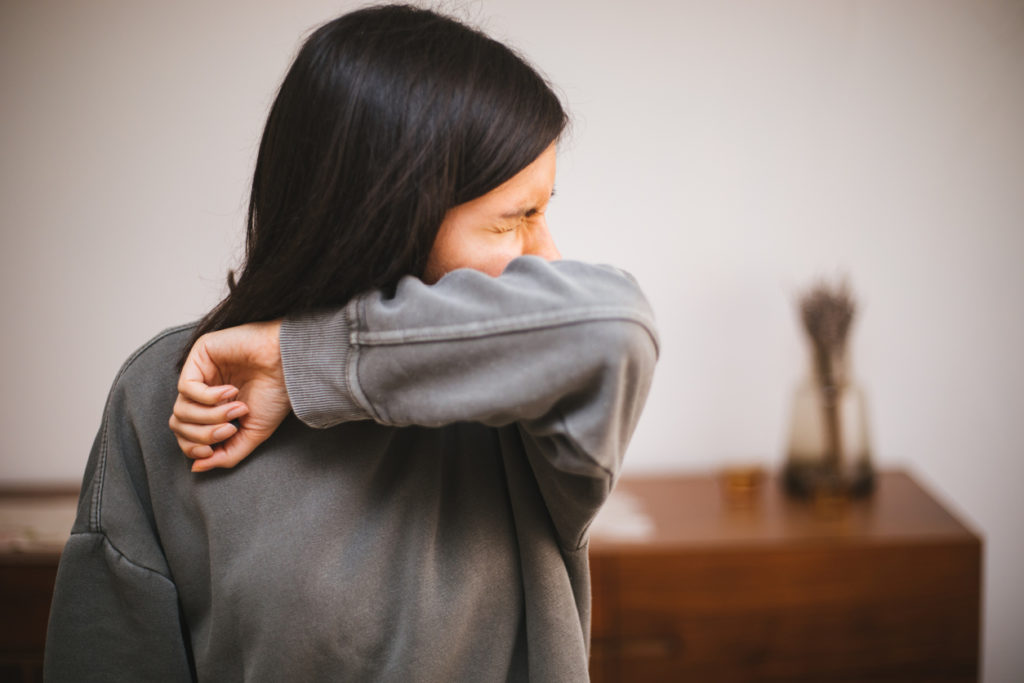Impact on Daily Life Activity
41% report allergies affect their sleep and overall mood
Forty-one percent of respondents reported that allergy symptoms affect their sleep and mood. Avoiding allergens can also be extremely limiting. For example, 34% of respondents reported they often have to stay indoors, 6% avoid traveling, and 4% eat meals away from other people all because of allergies. Of those who reported that allergies affect their quality of life:
78% take allergy medicine; 50% of which take antihistamines
Three-quarters of respondents with allergies take some type of allergy medicine. Antihistamine pills were the most common allergy medicine among survey takers, followed by nasal spray and eye drops.
India is the second most populous country in the world with a population of nearly 1.3 billion, comprising 20% of the global population. There are an estimated 37.5 million cases of asthma in India, and recent studies have reported a rise in prevalence of allergic rhinitis and asthma. Overall, 40–50% of paediatric asthma cases in India are uncontrolled or severe. Treatment of allergic rhinitis and asthma is sub-optimal in a significant proportion of cases due to multiple factors relating to unaffordability to buy medications, low national gross domestic product, religious beliefs, myths and stigma regarding chronic ailment, illiteracy, lack of allergy specialists, and lack of access to allergen-specific immunotherapy for allergic rhinitis and biologics for severe asthma.
Another major challenge for the vast majority of the Indian population is an unacceptably high level of exposure to particulate matter (PM)2.5 generated from traffic pollution and use of fossil fuel and biomass fuel and burning of incense sticks and mosquito coils. This review provides an overview of the burden of allergic disorders in India. It appraises current evidence and justifies an urgent need for a strategic multipronged approach to enhance quality of care for allergic disorders. This may include creating an infrastructure for education and training of healthcare professionals and patients and involving regulatory authorities for making essential treatments accessible at subsidised prices. It calls for research into better phenotypic characterisation of allergic disorders, as evidence generated from high income western countries are not directly applicable to India.
(Source: Krishna et al. World Allergy Organization Journal (2020) 13:100446)
If you suffer from house dust mite allergy it can be hard to escape its symptoms. House dust mites are present everywhere: at work, at home, and particularly in the bedroom. Even going outdoors may not help as, once your airways become inflamed, the symptoms can continue no matter where you go

Allergic diseases occur because of a complex interplay between genetic and environmental factors. High- income countries have faced an allergy epidemic during the past 3–4 decades,An increasing prevalence of allergic rhinitis and asthma has also been reported in the Indian subcontinent. India is the second most populous country (1·35 billion people) in the world and is classified as a lower- middle income country. Nearly 20% of the world’s population live in India.
An estimated 300 million people worldwide have asthma, with 37·9 million in India, equal to 55% of the total UK population.3 The burden of asthma in India exceeds the number of people with HIV infection or tuberculosis. The phase 3 International Study of Asthma and Allergy in Children (ISAAC) reported an overall prevalence of current wheeze of 7% in Indian children aged 6–7 years and aged 13–14 years, with a higher prevalence of up to 10–20% in some areas. Importantly, 50% or more of this cohort had severe uncontrolled asthma. An Indian study reported that prevalence of allergic rhinitis was 11·3% in children aged 6–7 years, and 24·4% in children aged 13–14 years. The ISAAC study 4 reported 2·7% overall prevalence of current eczema among Indian children aged 6–7 years, and 3·6% among Indian children aged 13–14 years. In contrast to the high prevalence of rhinitis, asthma, and eczema, food allergy was low at 0·14% among Indian children aged 6–11 years.

Allergy is seldom a life-threatening condition, but it can often be life changing. Our aim is to help you manage that change positively.

Continuing legacy of
Late Sh. Nirankar Sharma Ji
AllVac is one of the leading companies in the field of allergen immunotherapy (AIT). We provide innovative products for the causal treatment of IgE-mediated allergic diseases and are one of the market leaders for subcutaneous AIT.
Copyright © 2022 , All Rights Reserved.
Designed and Developed by Easy Solution 360.